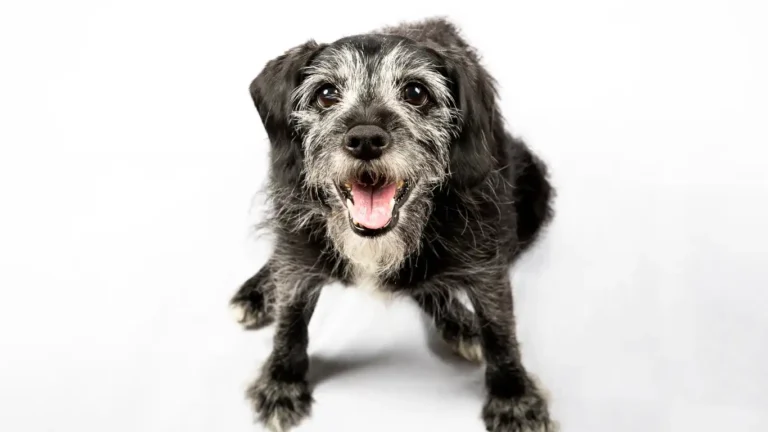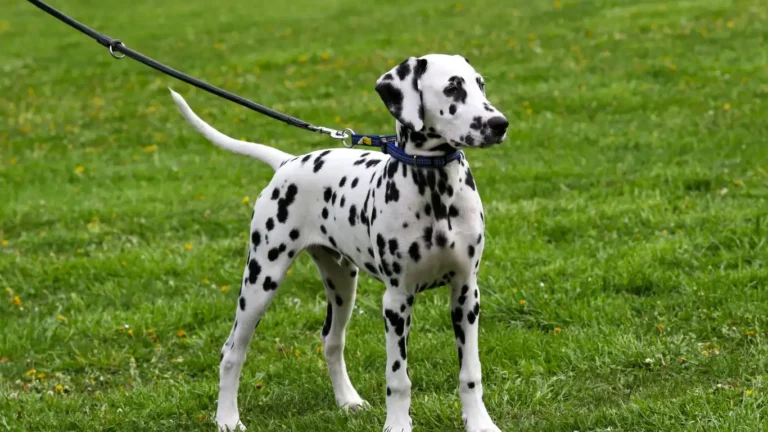Proven Tips to Peacefully Manage Multi-Dog Households Successfully
If you’ve ever wondered how to manage multi-dog households peacefully, trust me, you’re not alone. As a Veterinary Technician and Nutrition Specialist who’s juggled both clinic chaos and my own crazy dog crew at home, I get how challenging it can be when you’ve got multiple dogs under one roof. From feeding time frenzies to who’s-hogging-the-couch disputes, it can feel more like a reality TV show than a peaceful home. But with the right balance of structure, patience, and a few insider tips, it’s absolutely possible to create a calm, happy pack.
Understanding Your Pack Dynamic

Every Dog Has Its Role
One thing I’ve learned from both clinical experience and my own fur family is that dogs naturally fall into a social order—whether we like it or not. It’s not always about alpha or dominance like old-school theories suggested, but rather about comfort zones, personalities, and preferences. Some dogs are just naturally more assertive, while others are content being the chill observer.
Spend some time just watching your dogs interact. Who initiates play? Who prefers their own space? Who’s the toy hoarder? These subtle cues can give you massive insights into their social dynamic, and that’s the foundation for peaceful cohabitation.
Energy Levels Matter More Than Breed
I’ve seen plenty of households where a giant lazy Great Dane gets along swimmingly with a spunky Jack Russell because their energy levels matched. That’s often more important than breed compatibility. Dogs who are constantly at odds usually have mismatched needs—one wants to wrestle, the other wants a nap. That tension builds fast and can turn into fights or long-term stress.
If you’re introducing a new dog to your home, always consider activity level, play style, and social tolerance. I always advise my clients to do slow intros—preferably in neutral territory—so the energy feels balanced from the start.
Creating a Calm Environment at Home
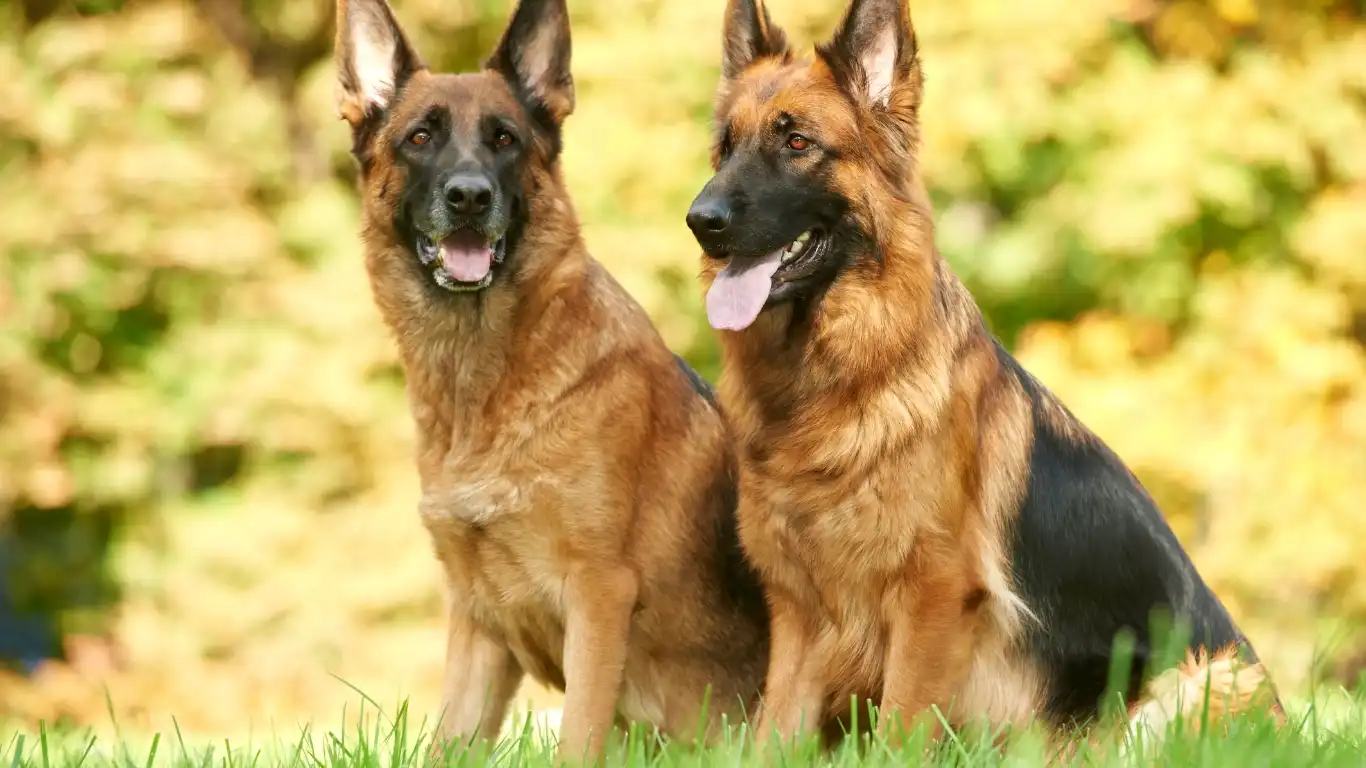
Designated Spaces Reduce Drama
This tip has saved my sanity more than once: give every dog their own spot. I mean it—beds, crates, feeding areas, even just cozy corners with a blanket and a chew toy. Dogs need personal space, just like we do. When they know they have a safe, guaranteed spot to retreat to, you’ll see fewer squabbles and more serenity.
- Use baby gates to split up rooms if needed
- Rotate dogs for one-on-one chill time with you
- Let them eat in peace—no competition at meal times
Even simple changes like rotating who gets the couch or changing up walk partners can make a big difference. It’s not about controlling every move—they’re dogs, not robots—but about creating predictable rhythms so they don’t feel like they have to fend for themselves.
Feeding Time Without the Chaos
As someone who specializes in nutrition, I’ve seen so many fights start over food—and not just in the bowl. Sometimes it’s over the smell of food on another dog’s muzzle. Sounds silly, but it’s real! My go-to rules for multi-dog mealtimes:
- Feed each dog in a separate room or crate
- Use slow feeders or puzzle bowls to pace out mealtime
- Pick up bowls immediately when they’re done (even if there’s kibble left)
Also, tailor their diets to their needs—what works for your senior golden probably won’t cut it for your active husky mix. That’s where professional guidance really helps. I love geeking out over customized feeding plans—it’s one of my favorite ways to help families live more peacefully with their pups.
Training is Everything (Even the Fun Kind)
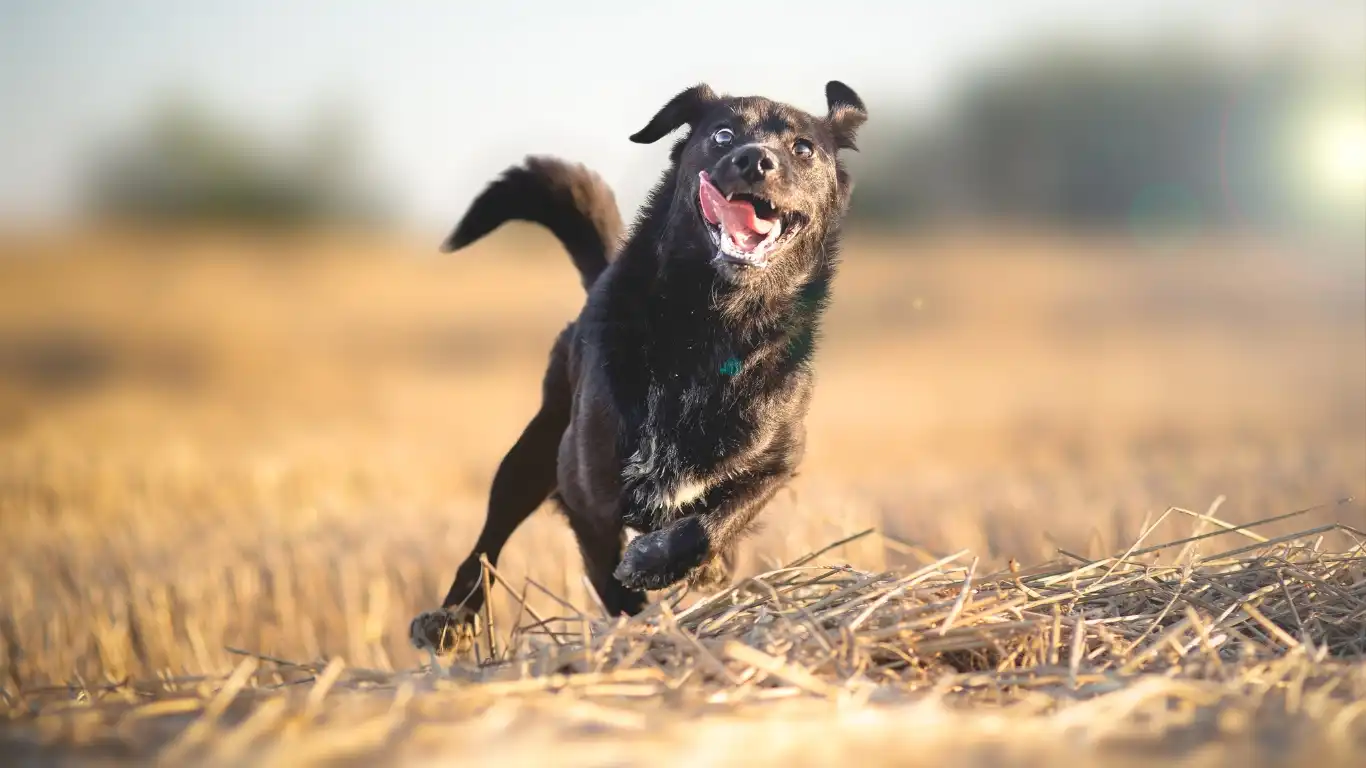
Group Training Builds Trust
You don’t need to be a pro trainer to start working with your dogs as a group. Honestly, some of the best bonding moments come from teaching them simple group activities like “place” or “wait.” I’ve had great success using group training to set boundaries without being a drill sergeant. It also creates a shared language they all understand, which builds trust—not just with you, but with each other.
And yes, treats help. A lot. But even better than that is the look on their faces when they know they nailed it—tail wags, bouncy steps, the whole works. That’s when you know you’re building more than just obedience. You’re building peace.
Recognizing Stress Signals Before They Escalate

It’s Not Just Growling and Snapping
Here’s something I always tell pet parents—dogs have a whole language of their own, and most of it doesn’t involve barking. Before a dog ever lashes out, there are usually subtle red flags waving in their body language. As someone who’s worked closely with behavior cases in a vet setting, I can’t stress this enough: learn their signs.
Look out for these common stress signals:
- Lip licking (when there’s no food around)
- Pinned ears or a tucked tail
- Sudden yawning or turning away
- Freezing or going stiff during play
If you catch one of your dogs doing these things, especially around another pack member, it’s a sign they’re not totally comfy in that moment. I like to gently redirect the situation—call them to me, give a treat, or lead them to a quieter space. It’s all about intervening early before things get heated.
Every Dog Deserves to Feel Safe
In one of my client homes, two dogs were constantly getting into squabbles around bedtime. Turns out, one of them was afraid of the dark hallway and felt trapped. A nightlight and a slight rearrangement of their sleep spots completely changed the vibe. Peace restored. Sometimes it’s the simplest fixes that matter most.
How to Manage Multi-Dog Households Peacefully During Play
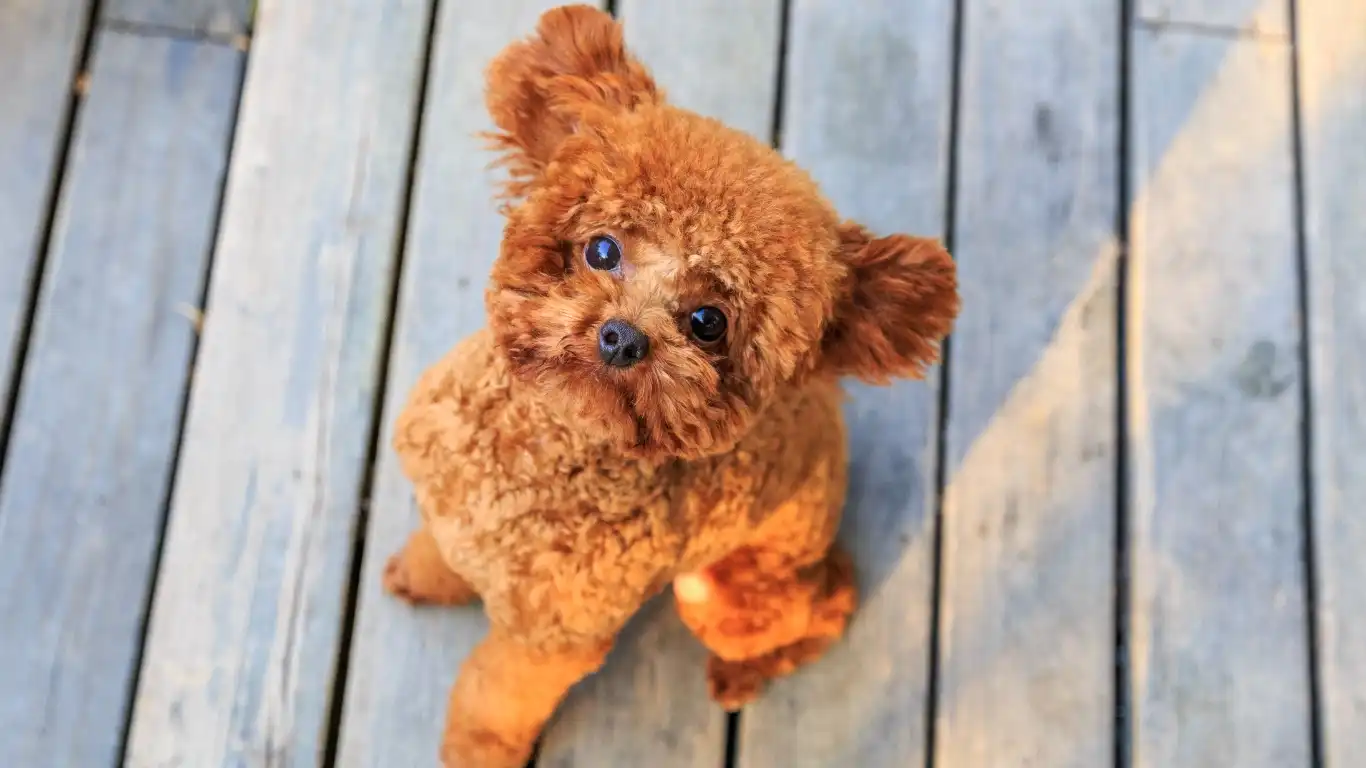
Know When to Let Them Play and When to Step In
Watching dogs play is one of life’s greatest joys—when it goes well. When it doesn’t, it’s like watching toddlers wrestle over a single crayon. Some dogs have a rougher play style, and others might take it the wrong way. That’s where supervised play becomes a big deal.
Here’s what I like to do during group playtime:
- Set a timer (yep, literally) for short bursts of play—about 10-15 minutes max
- Watch for escalation, especially over toys or space
- Give breaks often—call them in, offer water, and reset the mood
If one of your dogs tends to get overstimulated quickly (you know the one—zoomies into furniture and all), try redirecting them to solo play with a tug toy or a sniffy mat. Not every play session needs to be a group event.
Toy Management = Peace Management
This one’s huge. I’ve seen full-on squabbles break out because of one crusty old tennis ball. Keep high-value toys put away when you can’t supervise, and rotate play items so there’s less tension. When I fostered a particularly bossy Labrador, we only brought out the squeaky toys during one-on-one time—it made a huge difference.
Establishing Routines That Work for Everyone
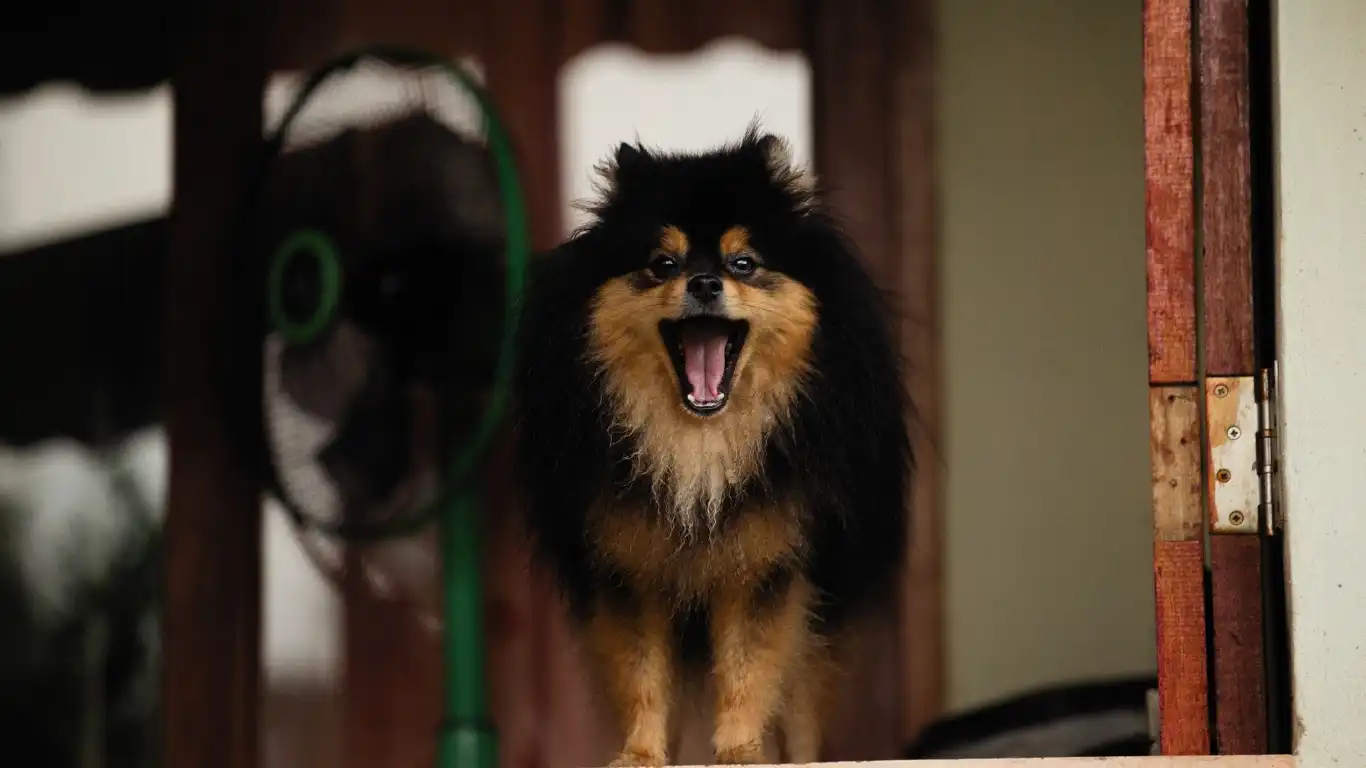
Dogs Thrive on Predictability
When you’re living in a multi-dog household, structure is your best friend. Seriously, just like kids, dogs feel calmer and more secure when they know what to expect. Morning potty trips, meal times, walks, and even cuddle sessions—keep them consistent and you’ll reduce so much tension.
In my house, we have what I call “the breakfast dance”—my pack knows exactly when it’s chow time, and they actually wait by their spots like polite little foodies. This structure didn’t happen overnight, but it has helped prevent food aggression and restlessness like you wouldn’t believe.
Walking as a Pack
One of my favorite ways to bond my dogs—and reset group energy—is the good ol’ pack walk. Not the frantic “everyone pulling in different directions” walk (been there), but an intentional, calm stroll with structure.
Here’s my go-to setup:
- Walk the more reactive dog alone first to burn off energy
- Use no-pull harnesses for better control
- Keep leashes short but relaxed—no tension
- Walk in a line or loose V, not a cluster
It’s amazing what 30 minutes of walking together can do for a group of dogs. They fall into rhythm, sniff the same trees, and share space without the chaos of the house. Total mood booster for everyone involved—including me!
When to Call in a Pro
Some Issues Go Beyond DIY
Even with all your love, time, and effort, sometimes things just aren’t working—and that’s okay. Don’t wait until someone gets hurt to reach out. If fights are frequent, if one dog seems constantly anxious, or if your gut says something’s off, call in a certified behaviorist or a force-free trainer. It doesn’t mean you failed—it means you care enough to get it right.
I’ve worked alongside some incredible behavior pros, and I’ve seen homes go from high-stress to harmony in just a few sessions. It’s an investment in your dogs’ happiness—and your peace of mind.
Integrating New Dogs into an Existing Pack
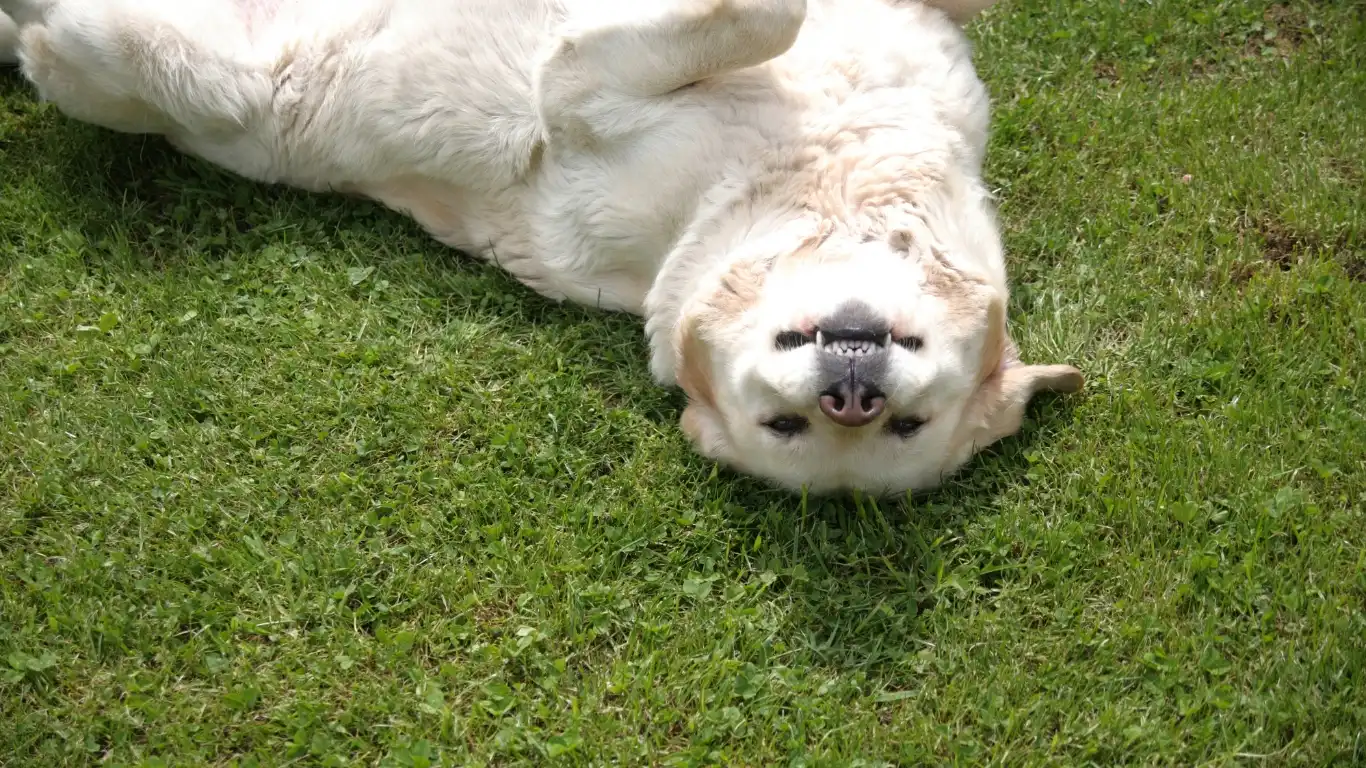
Slow and Steady Wins Every Time
Adding a new pup to your already-established dog crew? Buckle up—it’s one of those moments that can either go beautifully or backfire fast if not done right. When I brought my third dog home (a goofy rescue with zero boundaries), I learned firsthand that integration is more like a marathon than a sprint.
Here’s how I eased the chaos and kept my sanity:
- Neutral territory first: Introduce them during a walk, not at your front door
- Let them sniff—but don’t force interaction: Parallel walking is your best friend
- Give the new dog a decompression zone: A quiet room or crate where they can chill without pressure
And above all—watch the body language. Not just the newbie’s, but your existing dogs’. If your OGs look tense or too excited, that’s your cue to slow things down. Respect their comfort zone. Trust me, it pays off in the long run.
Sharing Resources Without the Drama
Food, toys, water bowls, even YOU—these are all resources your dogs may feel the need to guard when a new pack member arrives. I always double (or triple) up on the essentials in those first few weeks. Multiple water bowls, separate feeding stations, and designated cuddle time for each dog helps prevent jealousy and confusion.
I remember one of my older dogs getting grumpy because our new pup kept stealing his favorite napping spot. We fixed it with a cozy second bed in a separate corner and a sprinkle of lavender spray to make it extra appealing. Problem solved, no growls needed.
Maintaining Long-Term Harmony in Multi-Dog Homes

Routine Check-Ins Matter
Dogs change over time—just like we do. A dynamic that worked beautifully last year might need tweaking today. Age, health, energy levels, and even environment (hello, new baby or new job schedule!) can all shake things up. That’s why I always recommend doing regular household vibe check-ins.
Ask yourself:
- Is everyone getting enough exercise and attention?
- Are there signs of tension—like avoidance, pacing, or minor scuffles?
- Do the dogs seem relaxed in each other’s company?
If the answer to any of those is “ehh, not really,” it’s time to adjust. Sometimes that means more individual walks. Sometimes it’s shifting meal times or reintroducing basic training sessions. Small changes can make a big impact on overall peace.
Promote Independence Alongside Bonding
It might sound strange, but one of the best ways to manage multi-dog households peacefully is to make sure each dog feels confident and fulfilled on their own. You don’t want codependency or “sibling rivalry” to build up because they’re constantly together with no personal space.
Here’s what I mix into our routine:
- Solo car rides or vet visits (yes, even if they’re not a fan)
- Individual enrichment games like snuffle mats or frozen Kongs
- One-on-one training refreshers—even five minutes a day is gold
In my house, this has created a more balanced, self-assured pack. Each dog knows they get their special time, and that cuts way down on jealous behavior or attention-seeking antics.
Final Thoughts: Living in Harmony with Your Canine Crew
Trust Your Gut—And Your Dogs
There’s no one-size-fits-all formula for running a happy, drama-free dog household. Every pup is different, and every family is unique. What worked for my crew may need tweaking for yours. But if there’s one thing I’ve learned as both a vet tech and a multi-dog mom, it’s this: consistency, observation, and love go a long way.
Lean into what your dogs are telling you, trust your instincts, and don’t be afraid to adjust along the way. Managing a pack is a journey, not a destination—and one that’s totally worth the effort when you see those tails wag in unison.
Helpful Resources
For more in-depth guidance on behavior and multi-dog dynamics, I always recommend checking out:
- ASPCA
- AVMA (American Veterinary Medical Association)
- Victoria Stilwell’s Positively
- CCPDT (Certification Council for Professional Dog Trainers)
And of course, your local vet or behaviorist is always a great first stop if you’re feeling stuck.
Disclaimer
This article is based on personal experience and professional observations as a Veterinary Technician with a background in canine nutrition and behavior. It’s meant for informational purposes only and should not be taken as medical or behavioral advice. Always consult your veterinarian or a certified trainer when dealing with serious issues or introducing significant changes to your dog’s routine.
